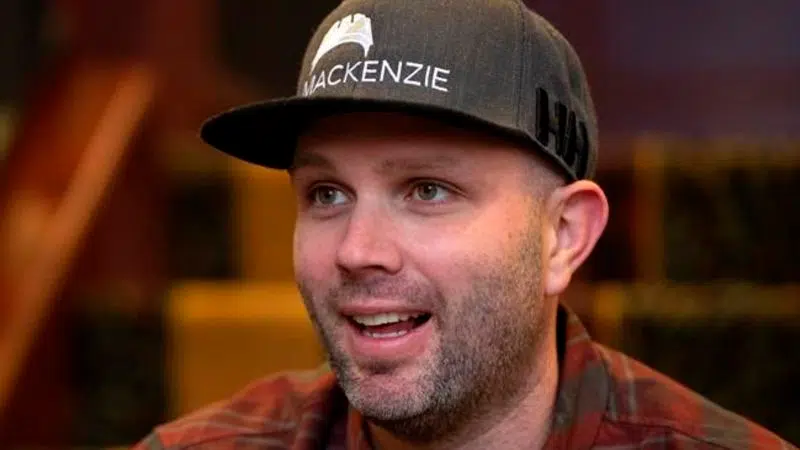
Canadian skier Osborne-Paradis mending, waiting after horrific injury
LAKE LOUISE, Alta. — Ski racer Manuel Osborne-Paradis is patient with his reconstructed leg because science tells him he must be.
A year and a week after his catastrophic crash in Lake Louise, Alta., Osborne will be back at the mountain resort Saturday supporting his Canadian teammates in the season-opening men’s World Cup downhill.
The earliest the 35-year-old from North Vancouver, B.C., expects he could race alongside them at a World Cup will be 2020 in Lake Louise.
That would be a full two years after shattering his tibia and fibula tumbling into the safety nets halfway down the first training run of the 2018-19 season.
